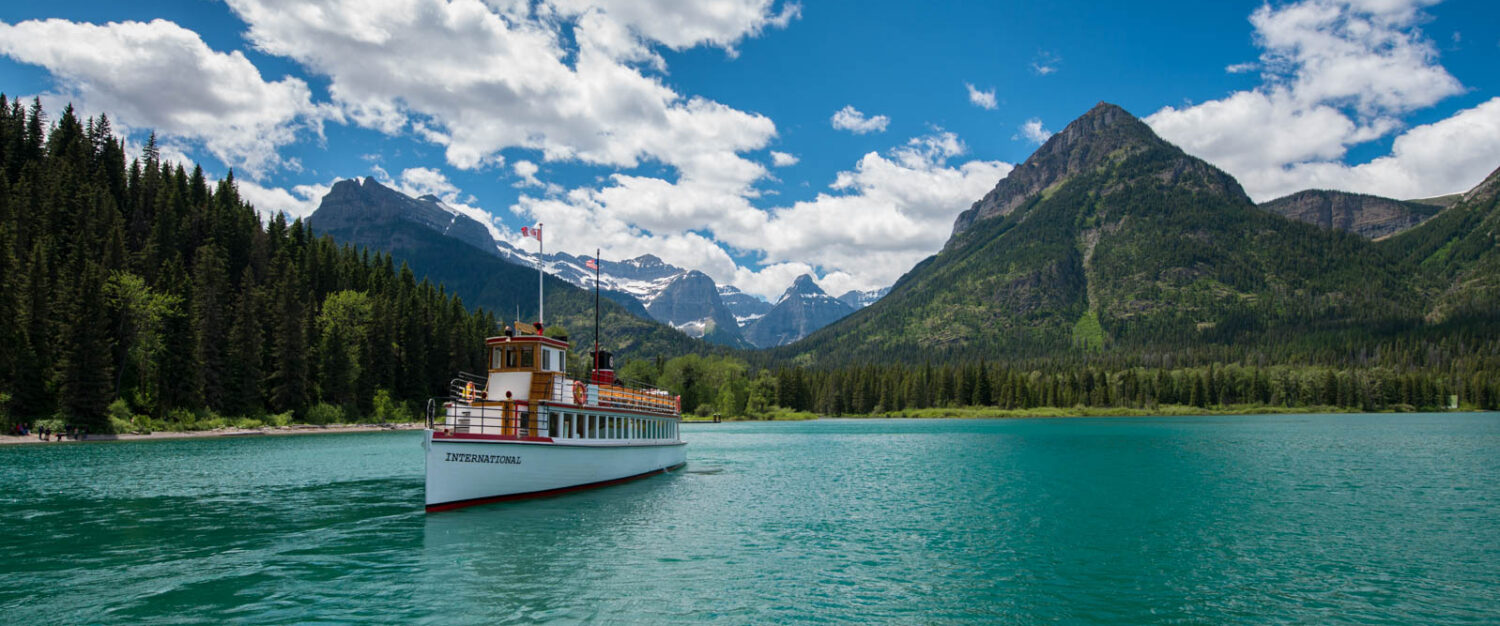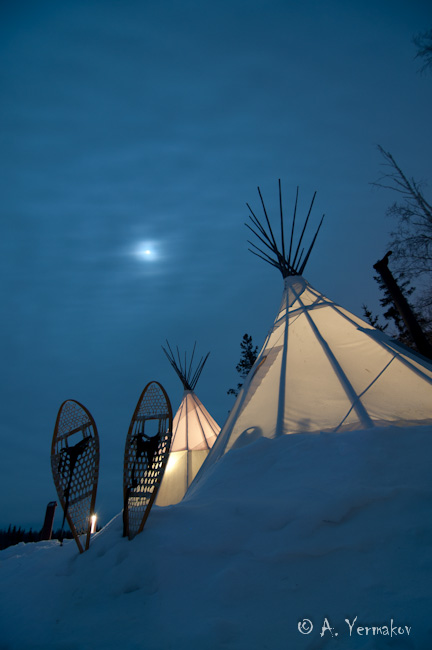Photography is a constant learning exercise. When I took photography classes at SAIT (Calgary, Alberta) I learned a lot, in particular when taking specialty courses like Low Light photography. This kind of photography always interested me and I’d like to share some basics of this kind of photography here. Some of these may be a common sense but for people who just learn it could be of great help.
So, here are some tips that could help you when doing low light photography.
- Turn in-camera noise reduction off, otherwise your camera will spend considerable time doing NR and not letting you continue to shoot.
- Set white balance to Auto.
- Keep lowest ISO possible (100 is good) to lessen noise.
- Avoid using any filters except polarisers if you really need those – you can still use polarisers to take glare off. Filters will contribute to stray light and may result in glare.
- Keep a small flashlight handy. It’s dark in the end and you may need some light. Plus you can use it to do some light painting.
- Use lens hood:
- To avoid glare from light sources.
- To keep a front element of the lens frost free longer at low temperatures (dew point).
- Keep thin wool gloves under your mittens if shooting in freezing temperatures.

